5. Drive (2011)
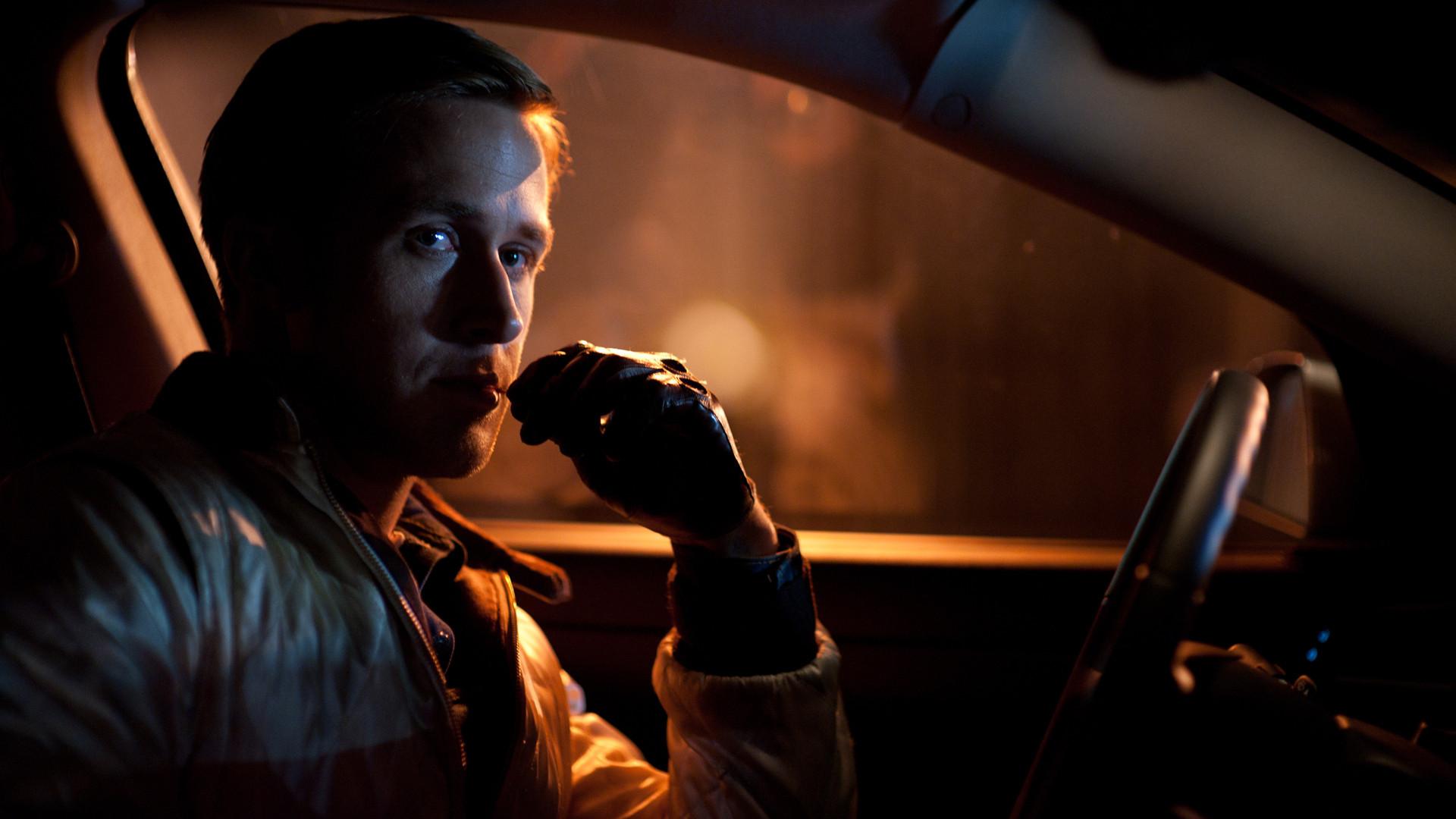
Nicolas Winding Refn (“Only God Forgives,” “Bronson”) is one of the most uncompromising directors of our era. And his masterpiece “Drive,” which is based on the novel by James Sallis, is probably the peak of his power.
“Drive” tells the story of an anonymous character, who is a mechanic and also a stuntman in car scenes in Hollywood. We focus on the effort to create the identity of this silent driver (played by Ryan Gosling), who drives for organized robberies at night. The driver’s life becomes even more dangerous when his beautiful neighbor, Irene (Carey Mulligan), wants to help her husband in jail.
The madness of Refn, who obsessively creates every single scene, makes it a very stylized film. Whilst this blood-pumping thriller produces massive tension, it also manages to create a delightful and enjoyable atmosphere.
4. The Master (2012)
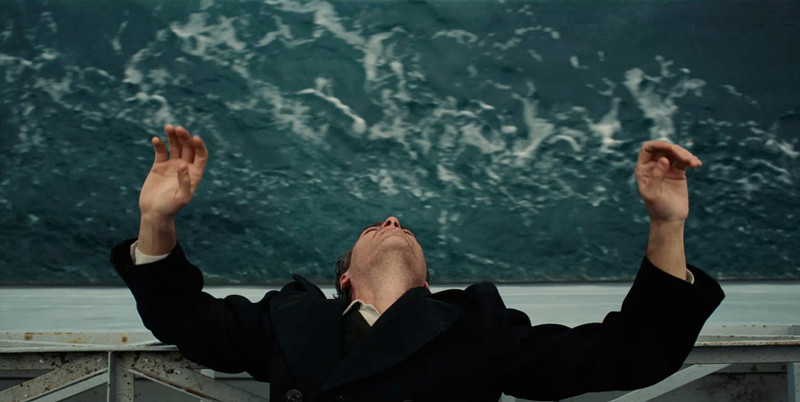
“The Master” is undoubtedly one of the most perfect films of the 2010s. Its hypnotic narrative and gorgeous cinematography proves Paul Thomas Anderson’s genius once again.
Former Navy officer Freddie Sutton returns to his country after serving on the front lines during World War II. However, he is undecided as to what to do next, and how to shape his life. Just as he is about to fall into a void, he meets Lancaster Dodd, the charismatic leader of The Cause.
Sutton quickly becomes Dodd’s right-hand man. Even though he doesn’t know exactly what he was dragged into at first, he gets ahead of the Master.
It takes one of the most special places in the history of cinema with its great rhythm and admirable mise-en-scene. While Phoenix gives the best performance of his career, Philip Seymour Hoffman and Amy Adams are perfect as well.
“The Master,” which travels on Freudian themes such as free will, desire, and power, is Anderson’s favorite in his career, according to him.
3. The Duke of Burgundy (2014)
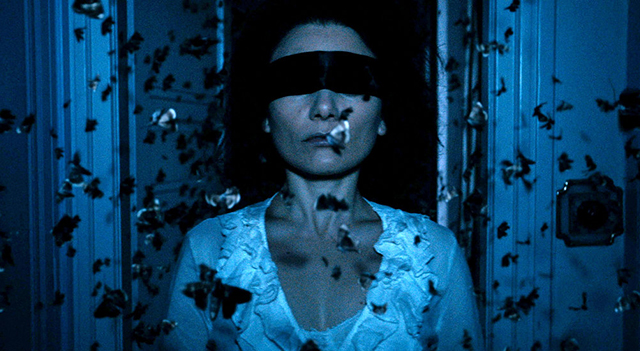
Having created a unique audience with “Katalin Varga” and “Berberian Sound Studio,” Peter Strickland creates an impressive film by combining his cinematic genius with philosophy in “The Duke of Burgundy.”
Evelyn and Cynthia perform a simple and provocative ritual every day to keep their relationship dynamic, which results in Evelyn’s punishment and pleasure every time. As a wealthy butterfly expert, Cynthia’s desire for a traditional relationship contradicts Evelyn’s erotic obsessions and plays, and the relationship between the two comes to a breaking point.
Even though “The Duke of Burgundy” is a hypnotic and challenging experience; surely it’s one of the top spots that cinema ever can reach as an art form.
2. Inside Llewyn Davis (2013)
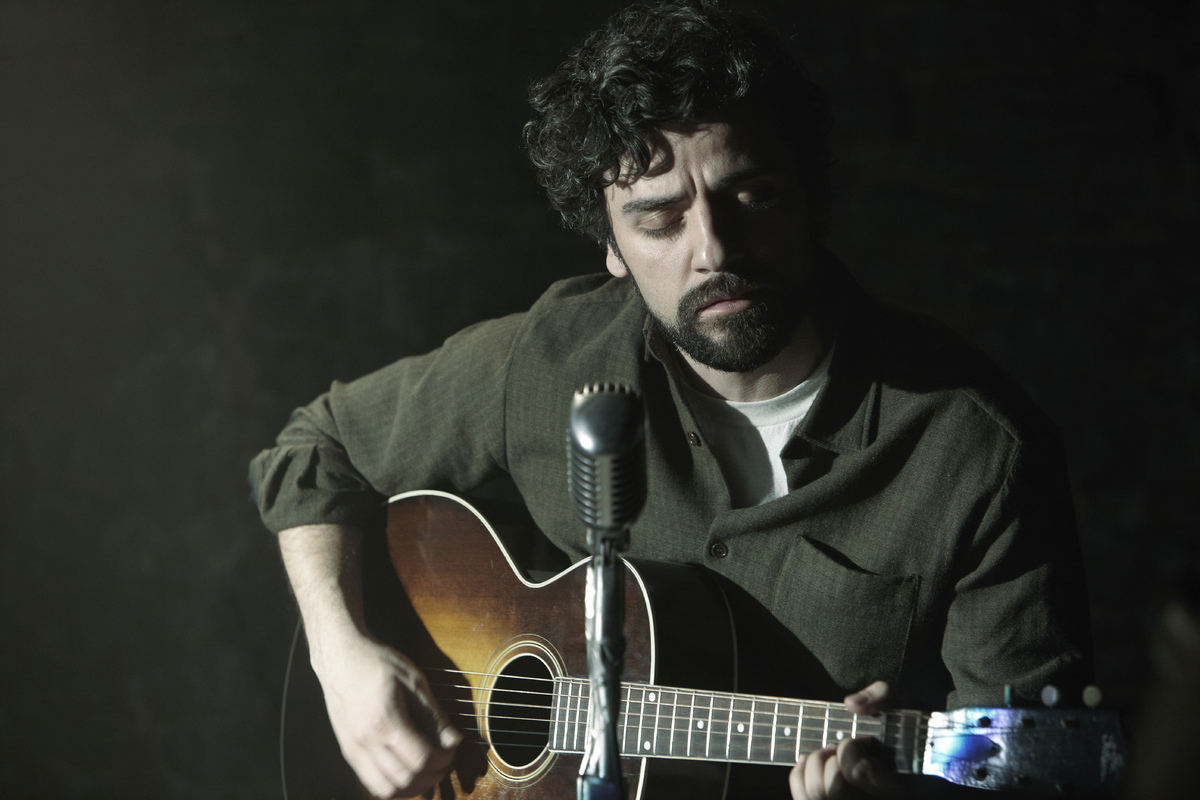
Having earned the Grand Jury Prize at the Cannes Film Festival, the Coen brothers’ “Inside Llewyn Davis” is inspired by the life of famous folk singer Dave Van Ronk.
In 1960, Llewyn Davis, a young man trying to hold onto the vibrant music market of Manhattan, tries every possible way to earn his living through music and performing his art. Llewyn, who wants to have a respectable place in front of the public, just tries to live under the harsh conditions of the city.
In the Coen brothers’ films, we are used to seeing a Kafkaesque environment where individuals are stuck and cannot make themselves feel again. And another ambiguous point is how much we can get into the character behind all irony and distant humor.
Although there is a story of melancholic failure, the exquisite music is the main element of the film, combined with flawless art direction, light and camera use, and this makes it a modest and very amusing experience.
1. Tabu (2012)
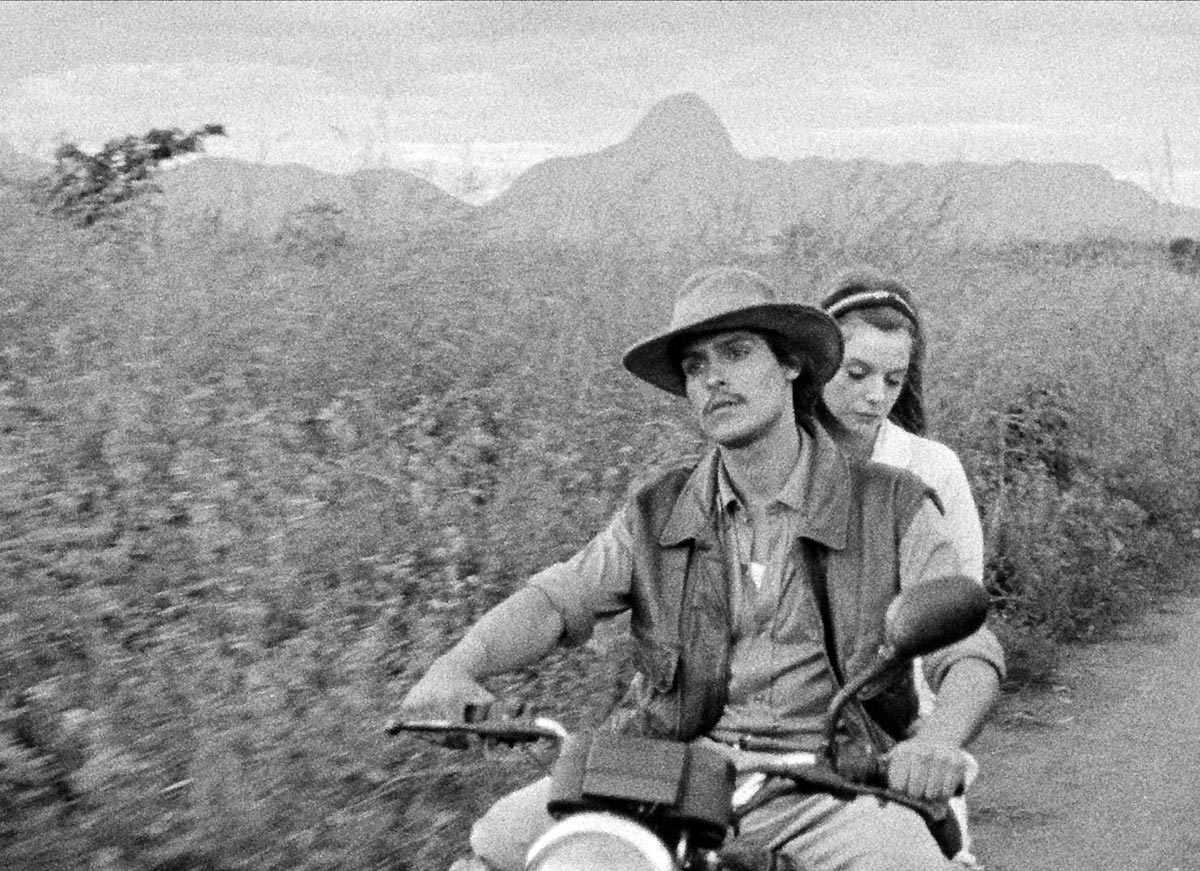
Miguel Gomes’ “Tabu,” which won the FIPRESCI award at the Berlin Film Festival, is an exquisite example of the “anti-realistic” productions of recent Portuguese cinema.
In the first part of the film, shot in 35 mm, we follow the last days and confessions of an old woman named Aurora. She asks her neighbor to bring Ventura to the hospital.
In the second part, shot 16 mm, we go back 50 years and witness the forbidden love of young Aurora and Ventura. In this part, there is no dialogue except for sounds and music.
Every single shot of “Tabu” is a great reason to love cinema. With a perfect mise-en-scene, it proves how great the effect of pure cinema can be, even without grandeur.
With its oft-interrupted dialogue, it serves the aesthetics of the past tense. Gomes’ choice makes the love story in the misty atmosphere of the past more intimate and impressive. With its melodramatic style, episodic structure, and subtle sound design, it manages to create a wonderful hybrid narrative.
“Tabu” brings a new perspective to the cinema with its experimental narrative, in which all the rules of the script and the editing are upside-down.